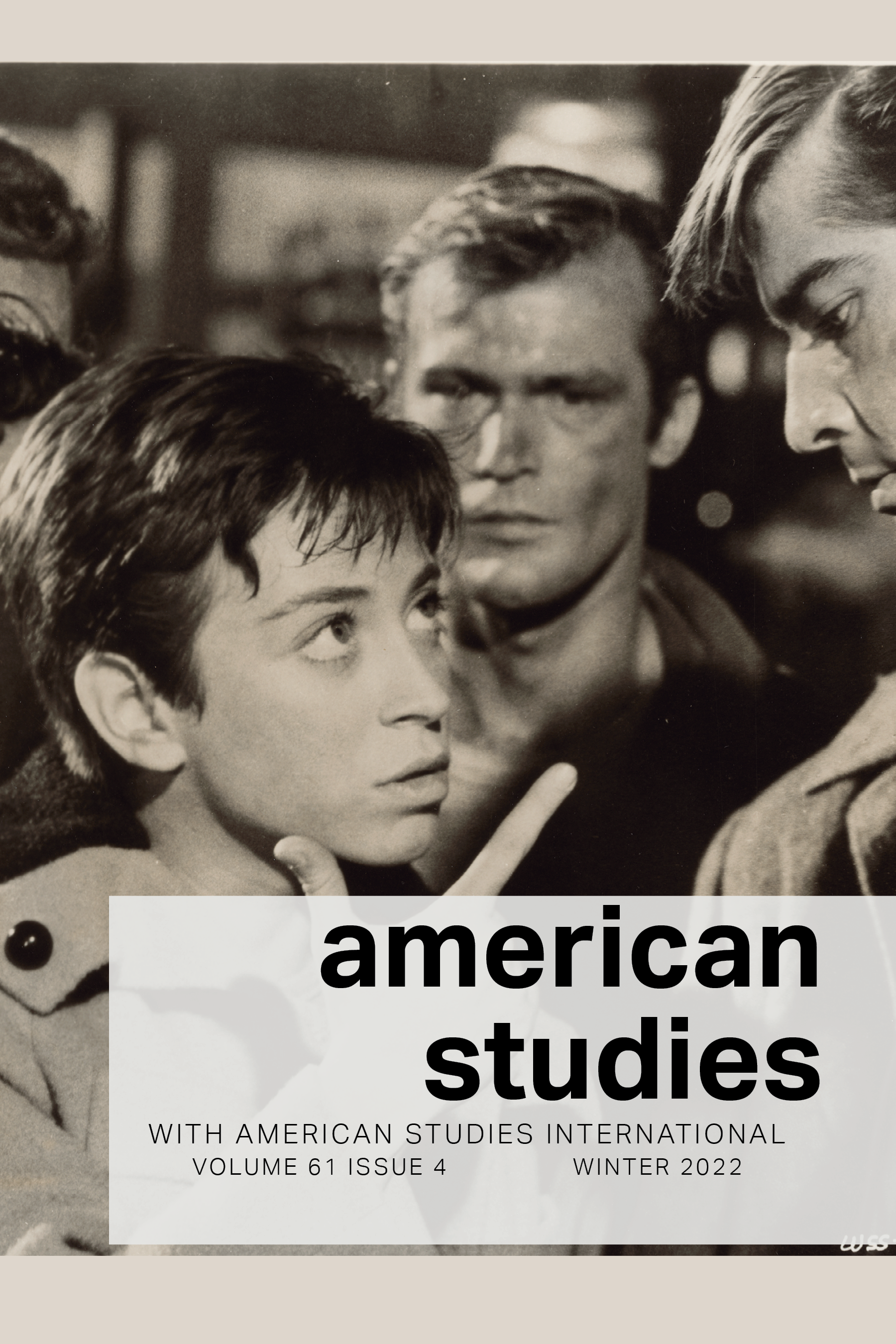Abstract
W. E. B. Du Bois fiercely criticized the duplicity of the Cold War Americanization of racial justice, but his sense of liberal pluralism’s earlier rise in the transwar transpacific has been neglected. This is because he has been framed as capitulating to it with his support of the pan-Asianist strategy of Imperial Japan. By turning to what Torsten Weber has called “pan-Asianism from below,” I reframe Du Bois beyond this impression. I focus on the interpretative overlap Du Bois had with the Chinese revolutionary and pan-Asianist Sun Yat-sen regarding liberationist possibility in inter-Asian relations. In his political commentary, Du Bois often leaned into realism to combat what he called a global “color line,” but in his fiction, he foregrounded idealism and polyvocality. His 1928 novel Dark Princess not only features a pan-Asian alliance, but positions “Japan” as the chief antagonist alongside an often-misinterpreted formulation, “a color line within a color line.” Arguing against interpretations that Dark Princess extends orientalism and heteropatriarchy, I read the novel as queer praxis, because it addresses the emancipatory limits of racial reproduction, the clash of realist and idealist futurities, and the negotiation of the provincial and the cosmopolitan—all of which today fall under a queer heuristic. With its supranational focus, the novel is a precursory text of today’s queer regionalist critique.
All items © Mid-America American Studies Association
Authors: If you prefer to remove your text(s) from this database please contact the editor.

